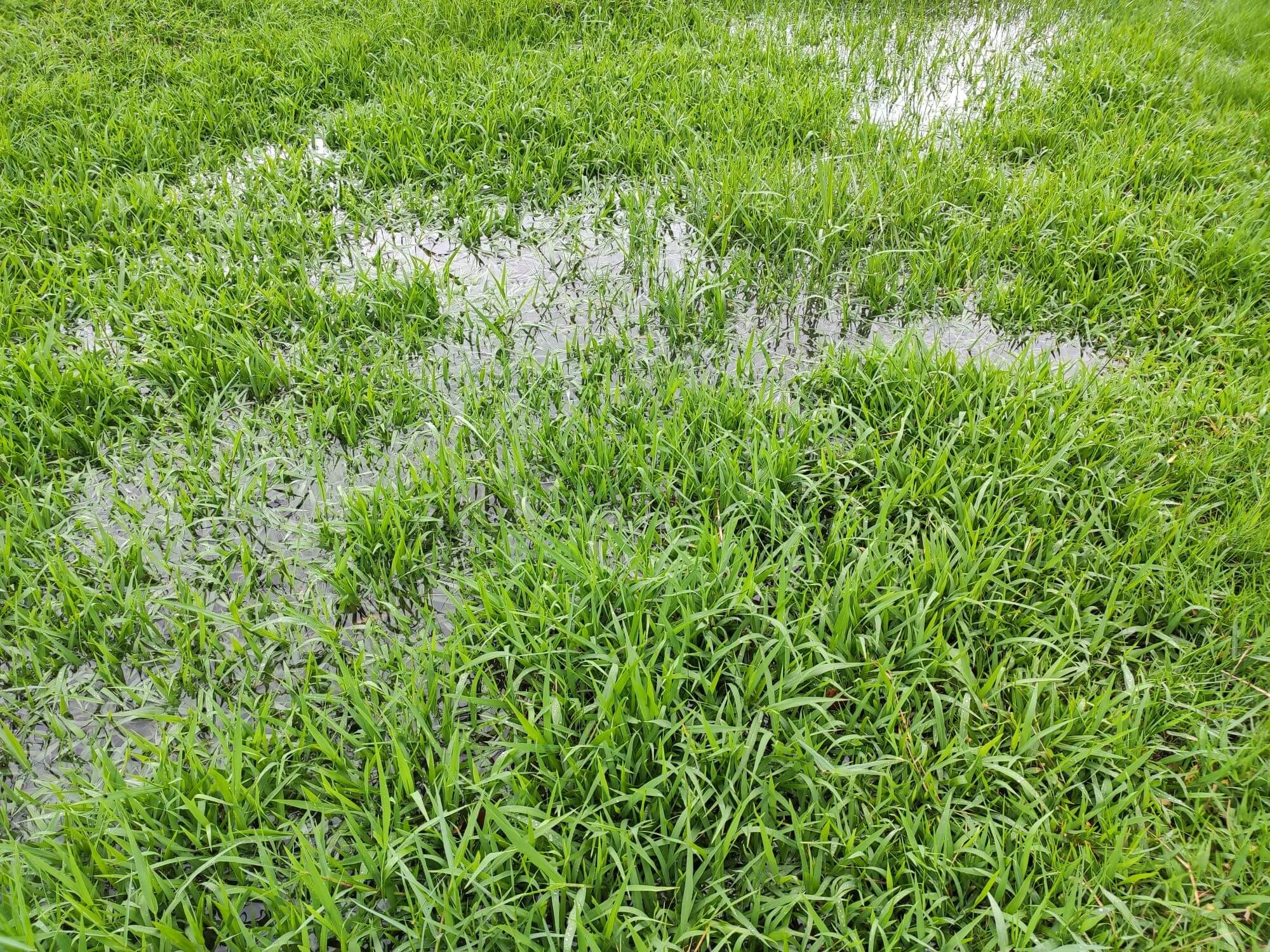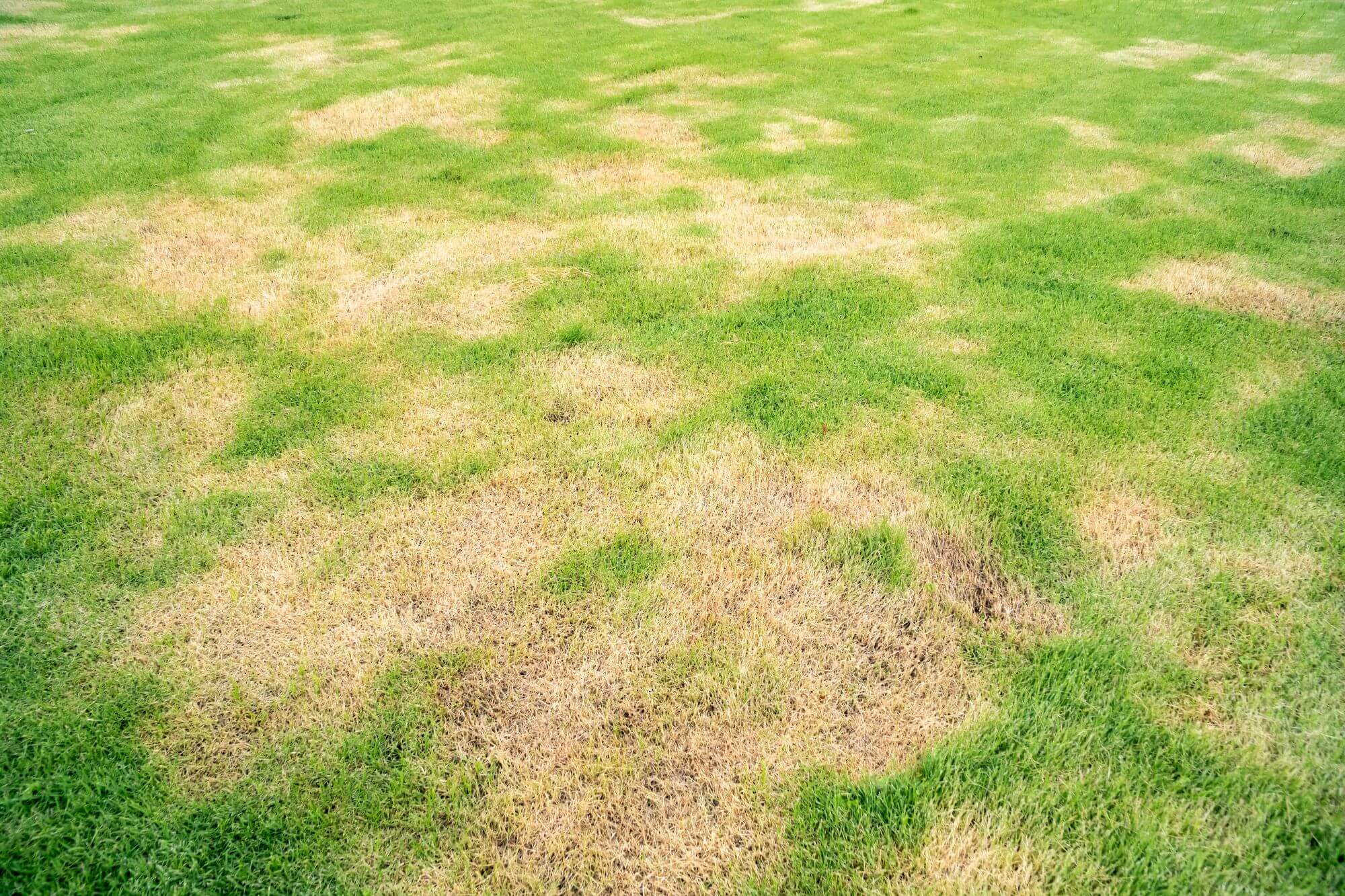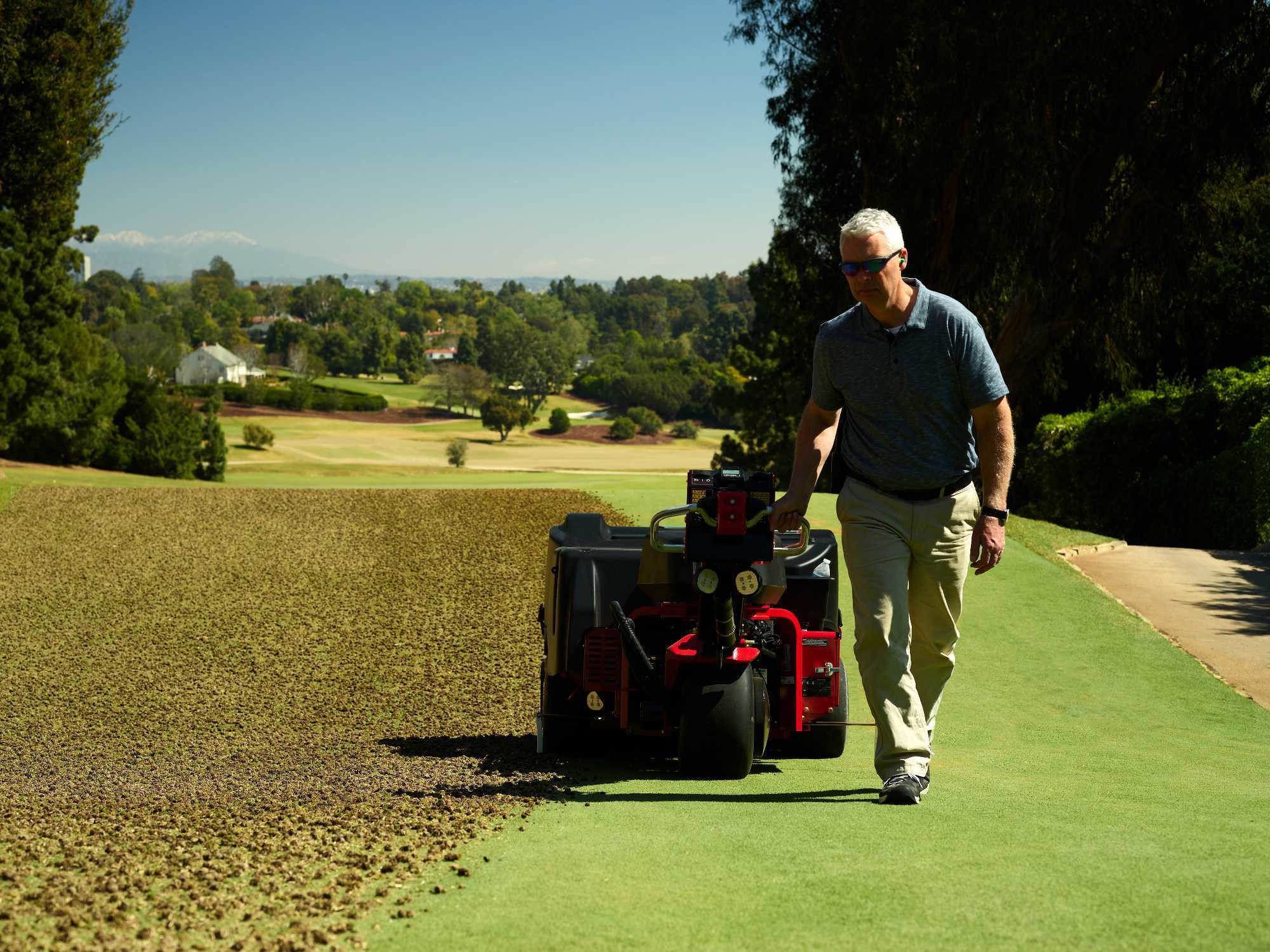Navigating climate change: how to protect and care for your grounds during periods of extreme weather
Unpredictable weather is becoming the new norm, with wetter winters and drier summers expected, meaning landscapers and grounds people need to have their wits about them to get the most out of the green spaces they maintain.
But what effects will global warming have on the turf care industry? What are the best ways to combat extreme weather? And how can you keep grounds in good health all year round?
In this guide, we’ll answer these questions and more, helping you better navigate the changing weather caused by climate change.

How will wetter winters and increased rainfall affect turf care, grounds, and green spaces?
As the effects of climate change become ever more present, landscapers and grounds people are set to face a number of routine challenges.
While warmer summers are seeing longer hotter periods, winter is experiencing the opposite. As winters get warmer due to climate change, we can expect to see a significant increase in overall rainfall and a higher likelihood of winter storms.
Reesink’s top tip
Air can hold up to seven percent more moisture for every one degree Celsius of temperature rise, resulting in more rain events that can ultimately impact turfcare management practises.
What effect does waterlogging and soil compaction have on turf?
Higher rainfall could lead to more instances of waterlogging and soil compaction, which will starve roots of much-needed nutrients.
In the short term this can lead to increased vulnerability to disease and unsightly bogs, but in the longer-term winter compaction can be a leading cause of summer drought.
Wet weather and heavy rainfall can also quickly turn hard and dry grounds into soft, muddy bogs, especially when surfaces lack sufficient drainage. With these conditions set to become more frequent due to climate change, more areas are put at risk of compaction, which occurs when soil becomes waterlogged and foot and vehicle traffic causes it to become compacted.
How to prevent waterlogging and compaction during periods of heavy rainfall
When soil becomes compacted, it can’t drain as well. Compacted soil retains water, causing mud and dead patches, as the roots are damaged beneath, which can also lead to problems further down the line during summer months.
Reesink’s top tip
To target drought at the source, solve any compaction issues early in the winter and spring.
Improving drainage through deep-tine aeration
When it comes to drainage, installing an additional drainage system can be expensive – with increased aggregate and material costs driving up prices. So, for many landscapers and grounds care professionals, installing new drainage is just not an affordable option.
Instead, using mechanical techniques like deep-tine aeration can improve the speed of water movement away from surfaces and help reduce soil compaction.
Deep-tine aeration relieves soil compaction at lower soil levels than the typical process: the tines fracture the soil, creating channels through the root zone, allowing oxygen, water and critical nutrients to penetrate deep into the soil profile.
The result is plenty of drainage potential since roots are encouraged to grow deeper, and this will ultimately produce a stronger lawn and sward.
Consider sand topdressing after aerating for additional gains
Sand topdressing after aeration works particularly well in waterlogged soil conditions as the topdressing can be worked into the soil through the holes left behind, firming up the surface and improving the soil’s drainage.
Using sand with a medium particle size (neither too fine or too coarse) and which is lime-free is ideal for topdressing.
Reesink’s top tip
This type of topsoil is also fantastic for smoothing and relevelling the turf’s surface after the trauma of waterlogging.
How will warmer weather and drought can affect turf care, grounds, and green spaces?
Another aspect of global warming and climate change the turf care industry must contend with will be warmer weather and periods of extreme heat. This presents many issues, not least because dehydrated grounds means more brown and sparse spaces, with some areas of turf dying altogether.
It’s easy to assume drought is caused by a lack of sufficient rainfall and hot temperatures. In actuality, most plants are hardy enough to survive a temperature increase – drought is down to what lies beneath.

Soil moisture plays a critical role in the health of your turf
Indeed, management of moisture in the root zone is fundamental to maintaining healthy grounds, and soil moisture is greatly affected by changes in the weather. This is because excessively wet or dry conditions change the soil environment, negatively impacting soil moisture relations.
What’s more, the effect of poor drainage will not only be present immediately, it can cause issues months down the line.
Compaction in the winter, depriving the root zone of necessary moisture to develop properly, will eventually lead to drought in the summer when those roots are needed to retrieve and hold water. And this can prove to be a disaster in a heat wave.
How to detect dehydration and poor soil moisture levels
The dryness of grass can be judged by the moisture – or lack thereof – within the top two or three inches of soil.
This section of soil allows the grass to remain green, springy, and growing well. So, if grass begins to look dull, holds onto footprints without springing back, or slows in growth then it’s safe to assume the moisture level is low and in danger of drought.
Otherwise, opening the soil to a two- or three-inch depth will enable you to observe whether the soil is moist or dry.
What is the best way to prevent dehydration in your turf and combat drought?
Dehydration goes beyond leaving grass looking sparse and brown; it can also affect its ability to fight off disease. To avoid this, there are certain changes that can be made to grounds and turf maintenance protocols that will help your grounds survive a drought.
Aeration in spring provides much-needed nutrients to the soil
The best way to combat a drought is to avoid it all together. Therefore prevention is key.
Aeration is an essential part of landscaping and groundskeeping calendars, and with rising temperatures, it’s going to be more important than ever to ensure roots have access to the nutrients they need year-round.
When drought strikes, the ground surface becomes dry and hard, making it difficult for water to permeate down to the root. By punching holes in the ground, water and oxygen can reach the roots, helping the soil to retain water for longer if a drought does occur.
That being said, aeration should be avoided in the midst of a drought as it can increase water evaporation from the soil. The optimum time to aerate is during the spring, when the ground is dry enough for the holes to not seal up and grass is in its peak growing period.
Reesink’s top tip
Aerating in spring also means the ground can recover quickly from the coring process, and will be in the best possible condition by the time warm weather arrives.

How to cut grass during periods of warmer weather and extreme heat
Getting grounds through a drought is all about preserving moisture, preventing evaporation, and causing as little damage to your grass as possible.
While grass can still be cut during hot, dry conditions, cutting patterns may need to change to accommodate fragile turf. Grass is 85 percent water, so for every inch cut, moisture is lost. Plus, cutting will promote growth and this will encourage grass to use up water resources.
Follow the one-third rule when cutting grass
To avoid this, follow the one-third rule of never removing more than one third of the grass in any one cut and commit to a longer cut to avoid losing important moisture.
By leaving longer amounts of time between cutting cycles, you can allow for longer grass that will create a barrier between the soil and the drying effects of the sun and wind.
This natural shade will keep the soil beneath cooler, allowing it to hold onto water for longer and preventing evaporation, which can exacerbate drought conditions. Longer grass can also help trap morning dew, providing the ground with an extra drink for the day.
Less frequent cutting will also allow for the growth of drought resistant plants like perennials and these will help the ground to repair in the long run. Perennials will grow naturally every spring and create a microclimate which helps reduce water loss; their extensive root system, moreover, will hold soil together to prevent erosion and further compaction.
What type of turf care mower should you use in hot conditions?
When the time to cut does come around, cutting should be raised approximately three inches to allow for a longer grass finish to maintain some of this natural shelter for the soil.
Reesink’s top tip
Even better yet, if your mower allows you to, try mowing with the box off and allow the finer clippings to sit on the grass. Within 24 hours they will disappear and transfer vital moisture back into the ground.
Rotary mowers can help prevent water loss
Rotary mowers are recommended for use on parched grass as they have one very high speed rotating blade underneath that will ‘chop’ the blades of grass on impact, leaving it longer.
In contrast, a cylinder mower’s scissoring motion will deliver a closer cut. With sufficient power and sharp blades, a rotary mower will provide a clean cut that will prevent excessive water loss during the process.
How to effectively water turf in warmer weather
Watering can be a tricky situation in a heatwave. If water supplies allow, it can be tempting to drench the soil with moisture the first chance you get. However, quantity and timing are everything.
The trick is to water deeply and infrequently. A shallow watering can actually do grass more harm than good.
With water only penetrating the top layer of soil, roots will be encouraged to grow near the surface where they are at a much higher risk of drying out – and a dry root is much harder to fix than dry soil.
Reesink’s top tip
Watering a patch of turf for an hour at a time early in the morning before the sun can evaporate any added water is ideal.
Having the support of a knowledgeable and supportive distributor and the right machinery to navigate changing ground conditions is easy with Reesink and Toro.
Toro prides itself on top-end engineering, using only the toughest materials and the latest technological advances to provide outfront rotary mowers, aerators and topdressers – all able to withstand tough conditions.
If you’d like to learn more about Toro and how its machinery could help you better manage your turf during extreme weather conditions, give us a call on 01480 226 800.